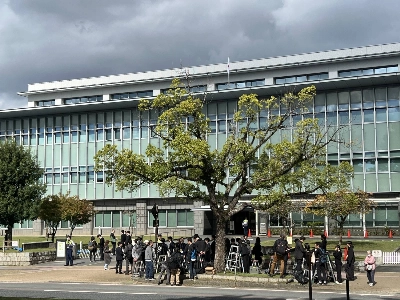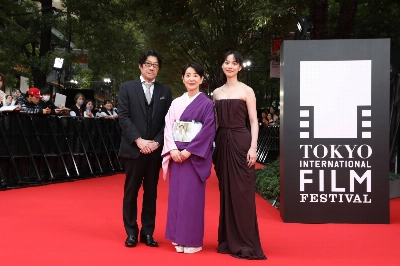One of the ironies of jazz is that it is now more popular in Europe and Japan than in its country of origin. While the fanatic obsession of overseas fans made jazz an important cultural export for the United States after the Second World War, now there is a substantial corps of non-American players no longer content to just listen. The Ninth Annual Yokohama Jazz Promenade last weekend provided clear evidence of the degree to which jazz spans cultures and of how it truly has become an international musical language.
 The Italian Instabile Orchesta
The Italian Instabile OrchestaAs part of the event, more than 80 groups, featuring innovative players from Italy, Denmark and Japan, performed in an astounding range of styles to overflowing audiences at 11 venues throughout the city. Highlights were many, but three groups in particular turned in riveting performances that pointed toward a complex mixture of musical influences, expanding the very idea of what jazz music can be.

















With your current subscription plan you can comment on stories. However, before writing your first comment, please create a display name in the Profile section of your subscriber account page.